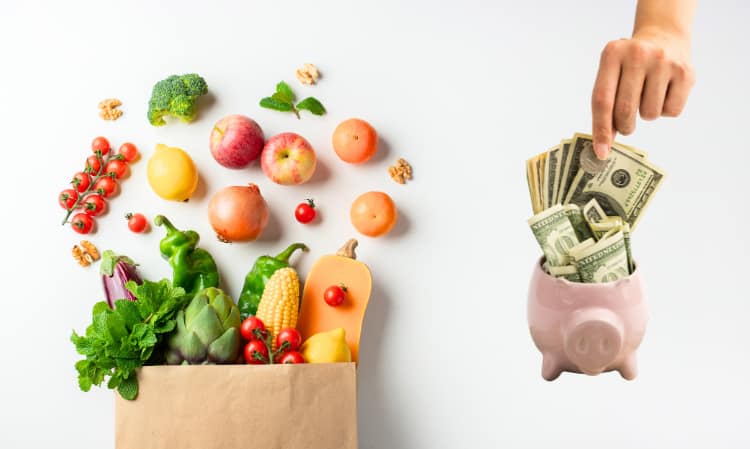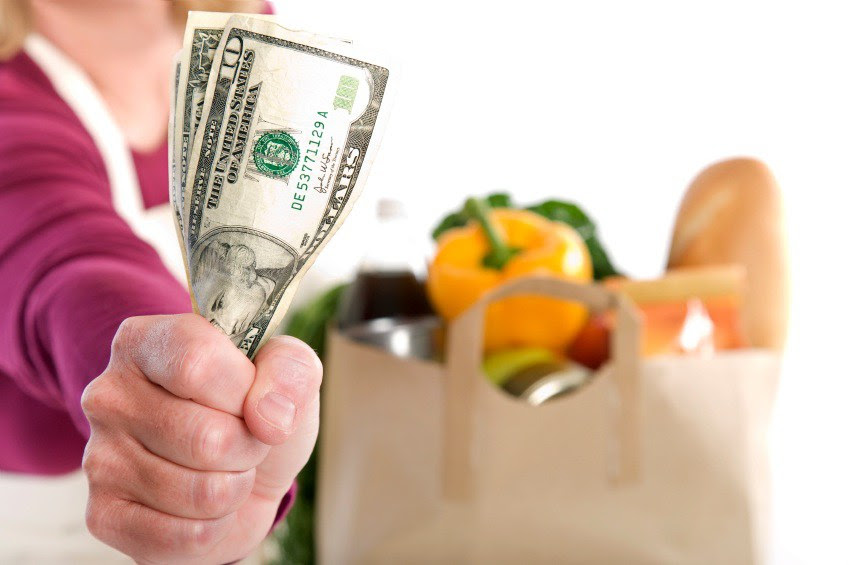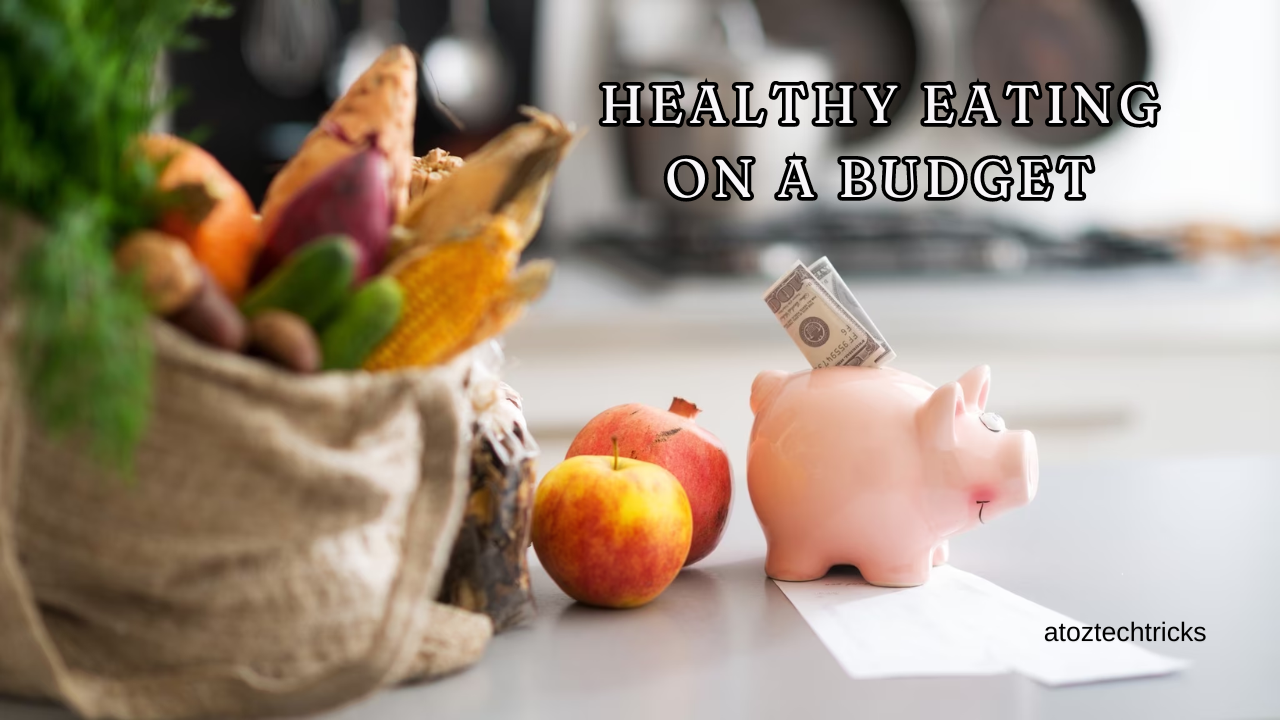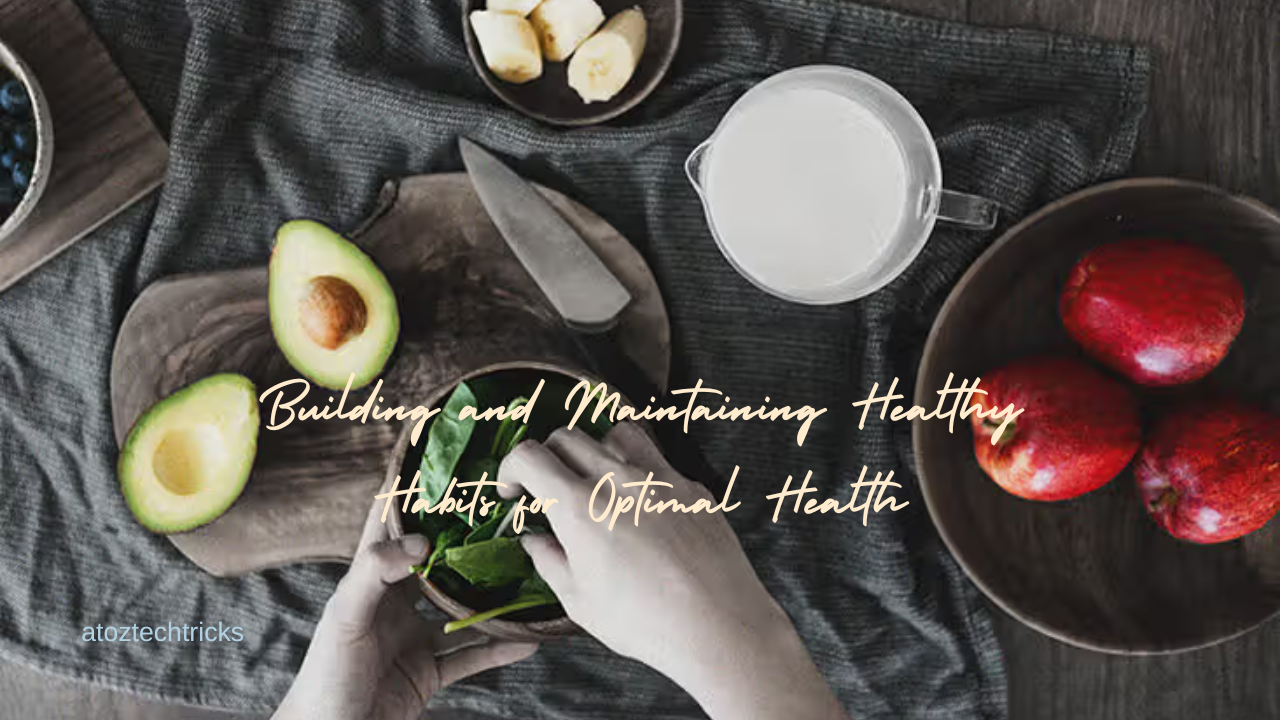Healthy Eating on a Budget: Tips and Strategies for a Nutritious Diet
Eating healthily doesn’t have to break the bank. With careful planning and smart shopping, you can enjoy a nutritious diet while sticking to a budget. This comprehensive guide will provide you with practical tips and strategies to achieve a healthy diet without overspending.
Understanding the Basics of Budget-Friendly Nutrition
The Importance of a Balanced Diet
A balanced diet is crucial for maintaining overall health and well-being. It should include a variety of foods that provide essential nutrients such as vitamins, minerals, protein, and fibre. Consuming a range of foods helps to ensure that you receive all the necessary nutrients your body needs to function optimally.
Budgeting for Healthy Eating
Budgeting for healthy eating involves setting a clear plan for your grocery shopping and meal preparation. It requires knowing what you need, making smart choices, and avoiding unnecessary expenditures. By being mindful of your spending and planning your meals, you can achieve both nutritional goals and financial savings.
Tips for Shopping Smart on a Budget
1. Plan Your Meals
Meal planning is one of the most effective ways to stay within your budget while eating healthily. By planning your meals for the week, you can make a detailed shopping list and avoid impulse purchases. Here’s how to plan effectively:
- Create a Weekly Menu: Plan your meals for the entire week, including breakfast, lunch, dinner, and snacks. Ensure your menu includes a variety of foods to meet your nutritional needs.
- Include Leftovers: Plan for meals that can be repurposed as leftovers. This reduces food waste and saves money.
- Check Your Pantry: Before planning, take inventory of what you already have in your pantry. Use these items as a base for your meal planning.
2. Make a Shopping List
A well-organized shopping list helps you avoid buying items you don’t need. To create an effective list:
- Stick to Your Menu: List only the ingredients required for your planned meals.
- Categorize Items: Group items by category (e.g., produce, dairy, grains) to make shopping more efficient and avoid missing essentials.
- Avoid Shopping When Hungry: It’s easier to stick to your list when you’re not hungry and tempted by unnecessary items.
3. Buy in Bulk
Purchasing items in bulk can be a cost-effective way to save money, especially for non-perishable items and staples. Here’s how to make bulk buying work for you:
- Focus on Staples: Buy grains, beans, lentils, and other staples in larger quantities to save money.
- Store Properly: Ensure that you have adequate storage space and use airtight containers to keep bulk items fresh.
- Check for Bulk Discounts: Look for discounts or sales on bulk items to maximize savings.
4. Opt for Store Brands
Store brands or generic products are often cheaper than name-brand items and offer similar quality. When shopping:
- Compare Prices: Check the unit price of both store brands and name brands to find the best deal.
- Try Different Brands: Experiment with store brands to see which ones meet your quality standards.

5. Utilize Seasonal and Local Produce
Seasonal and local produce is often less expensive and fresher. To make the most of these options:
- Shop Farmers’ Markets: Farmers’ markets often offer seasonal produce at lower prices.
- Grow Your Own: If you have space, consider growing your fruits and vegetables. This can be a cost-effective way to have fresh produce.
6. Use Coupons and Discounts
Coupons and discounts can help you save on groceries. Here’s how to take advantage of them:
- Clip Coupons: Check newspapers, magazines, and online sources for grocery coupons.
- Sign Up for Loyalty Programs: Many stores offer loyalty programs that provide discounts and rewards.
- Monitor Sales: Pay attention to sales and stock up on items you use frequently when they are discounted.
Budget-Friendly Healthy Foods
1. Beans and Lentils
Beans and lentils are excellent sources of protein and fibre. They are also budget-friendly and versatile. Consider incorporating:
- Black Beans: Great for soups, salads, and burritos.
- Lentils: Ideal for stews, curries, and as a meat substitute.
2. Whole Grains
Whole grains are nutritious and often cost-effective. Some options include:
- Brown Rice: A good source of fibre and can be used in a variety of dishes.
- Oats: Perfect for breakfast and can be used in baking or as a base for smoothies.
3. Frozen Vegetables
Frozen vegetables are often less expensive than fresh and have a longer shelf life. They retain most of their nutrients and are convenient to use. Look for:
- Mixed Vegetables: Ideal for stir-fries and casseroles.
- Spinach and Kale: Great for adding to soups and smoothies.
4. Eggs
Eggs are a versatile and inexpensive source of protein. They can be used in a variety of dishes, from breakfasts to dinners.
5. Canned Tomatoes
Canned tomatoes are a staple for many dishes and are typically less expensive than fresh. They are useful for making sauces, soups, and stews.
6. Seasonal Fruits
Seasonal fruits are usually more affordable and fresher. Choose fruits that are in season to get the best prices and flavours.
Understanding Macros and Micros: Importance for Optimal Health
Cooking Strategies for Healthy Eating on a Budget
1. Cook in Batches
Cooking in batches can save time and money. Prepare larger quantities of meals and freeze portions for later use. This helps you avoid the expense of eating out and ensures you always have a healthy meal ready.
2. Use Leftovers Wisely
Repurpose leftovers into new meals to reduce waste. For example:
- Leftover Roasted Vegetables: Use them in soups or salads.
- Chicken: Use leftover chicken in sandwiches, salads, or casseroles.
3. Embrace Simple Recipes
Simple recipes with fewer ingredients are often more budget-friendly and quicker to prepare. Focus on:
- Stir-Fries: Easy to make with a variety of vegetables and proteins.
- Soups and Stews: Great for using up leftover ingredients and can be very nutritious.
4. Make Your Snacks
Making your snacks can be more cost-effective than buying pre-packaged options. Try:
- Homemade Granola Bars: Use oats, nuts, and dried fruits.
- Popcorn: A healthy and inexpensive snack when made at home.
5. Minimize Food Waste
Reducing food waste helps you save money and ensures you get the most out of your grocery budget. Strategies include:
- Proper Storage: Store fruits and vegetables properly to extend their shelf life.
- Use Scraps: Incorporate vegetable scraps into stocks or compost them.

Healthy Eating on a Budget: Sample Meal Plan
Here’s a sample meal plan to give you an idea of how to eat healthily on a budget:
Day 1:
- Breakfast: Oatmeal with sliced bananas and a sprinkle of cinnamon.
- Lunch: Black bean and corn salad with avocado and a lime vinaigrette.
- Dinner: Lentil soup with a side of whole grain bread.
- Snack: Carrot sticks with hummus.
Day 2:
- Breakfast: Scrambled eggs with spinach and a slice of whole-grain toast.
- Lunch: Quinoa salad with cherry tomatoes, cucumbers, and a balsamic dressing.
- Dinner: Stir-fried chicken with mixed vegetables and brown rice.
- Snack: Apple slices with peanut butter.
Day 3:
- Breakfast: Greek yoghurt with honey and a handful of granola.
- Lunch: Turkey and veggie wrap with a side of mixed greens.
- Dinner: Baked sweet potatoes topped with black beans and salsa.
- Snack: Homemade popcorn.

Eating healthily on a budget is achievable with careful planning and smart shopping strategies. By incorporating these tips and strategies into your routine, you can enjoy a nutritious diet without overspending. Remember to plan your meals, make a shopping list, buy in bulk, opt for store brands, utilize seasonal produce, and take advantage of coupons and discounts. Cooking in batches, using leftovers wisely, and minimizing food waste further enhance your ability to eat well while staying within your budget. With these practices, you can maintain a balanced diet and achieve your health goals without compromising your financial well-being.




Post Comment